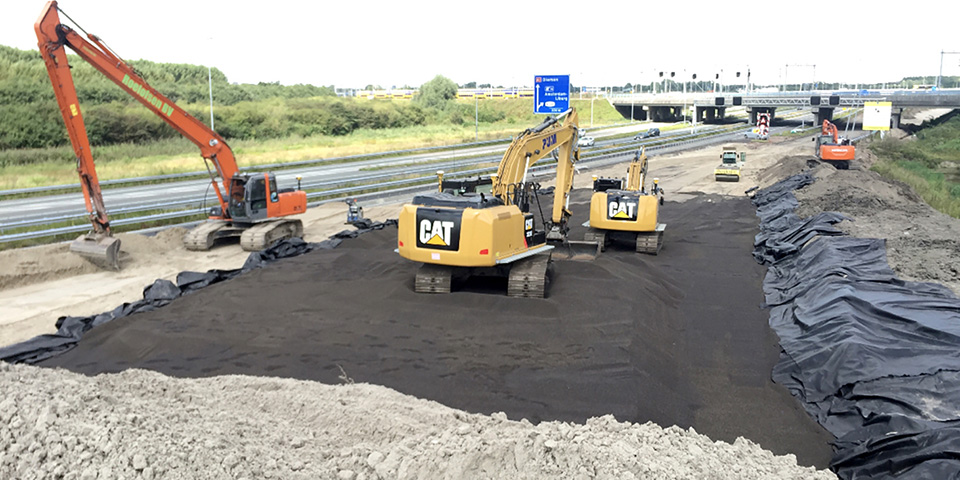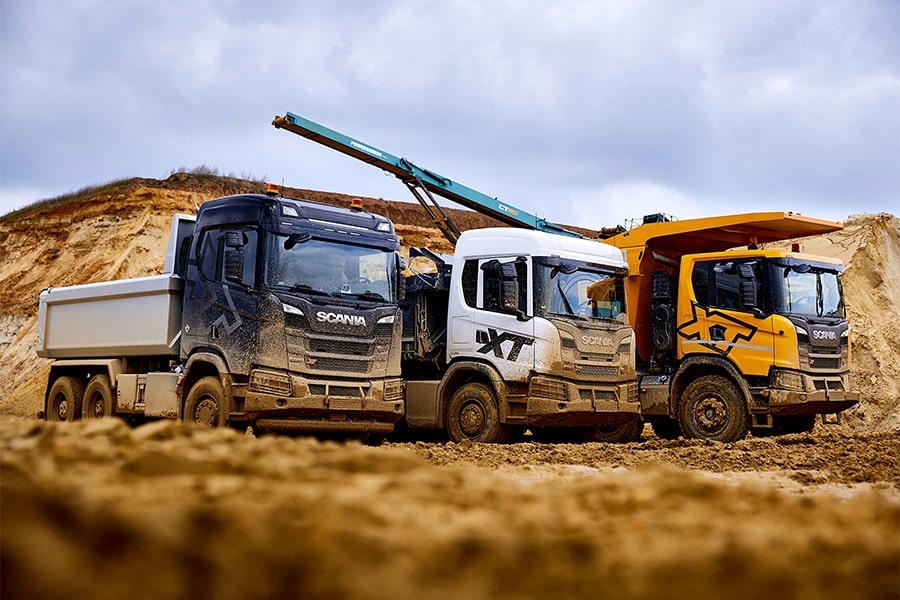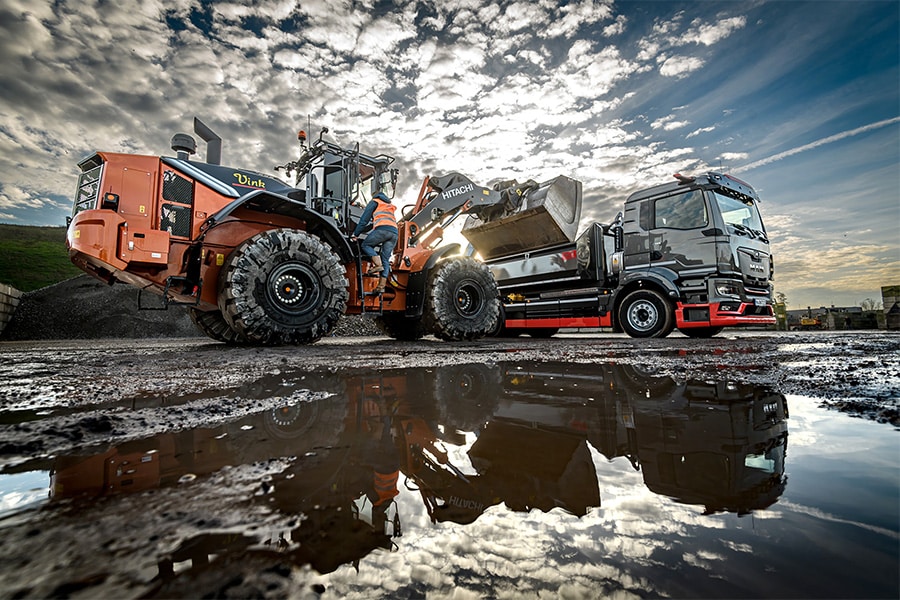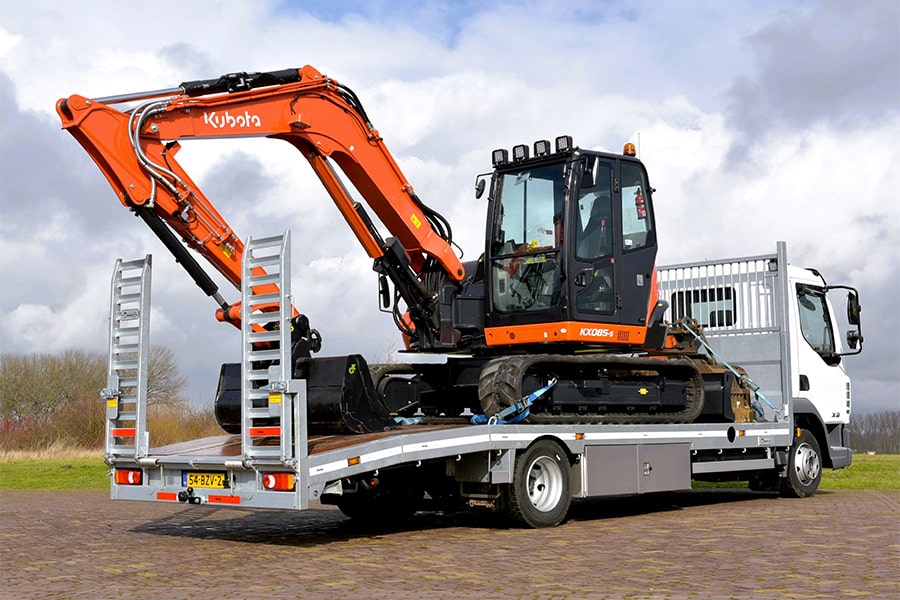
From Site Preparation to Reconstruction
The properties of Argex make the material a common product in civil engineering from site preparation to reconstruction, from lightweight concrete to light additions. With the necessary certificates and NEN standards, Argex is used in many fields. The NEN EN 15732 standard was created for civil engineering design with expanded clay.
Argex produces about 20 grades, of which 5 are used in the GWW sector.

Argex also ensures that cables and pipe strips last much longer and minimize settlements.
Buffer basin, infiltration and treatment
Argex AR8/16-340 and AR4/10-430 are round materials with many hollow spaces in and between the pellets. They contain approximately 45% of storage space between and 40% in the grains. This makes Argex a product applicable in water management projects.
Reconstructions of sewers and roads
Argex AG4/8-370 and AG0/4-500 are crushed materials which have more hook resistance and are well compacted. Specific weights of 700-1000kg/m³ in the work ensure that projects on poorly bearing soils can be carried out well, thus creating a low-settlement construction.
Site preparation
Argex sand or crushed material is also used for this. Building roads which in peat lands must be easily passable without subsidence and the filling of ditches are a few applications where Argex finds a place in preparing plots for building.
Reconstructions sheet pile walls and quay walls
Argex reduces horizontal and vertical settlements, allowing calculations to be made with lighter sheet pile sections and lighter anchoring. In reconstructions, Argex reduces the pressure on the existing quay walls or sheet pile walls.
Cables and Pipelines
Not only roads and sewers are subject to subsidence: cables and pipes are also affected. Argex sand is an excellent solution here, a light sand with a specific gravity of about 900-1000kg/m³. This ensures that the cables and pipes strips also last much longer and minimize settlements. Argex is therefore approved by most cable and pipeline operators.
Exit ramps
These must span a considerable height at crossing structures, at slip roads and viaducts. Meters of traditional material give a lot of settlement and they are maintenance-sensitive. Argex lightweight low-settlement structures, which can also store rainwater and runoff water, are a product of choice here.





